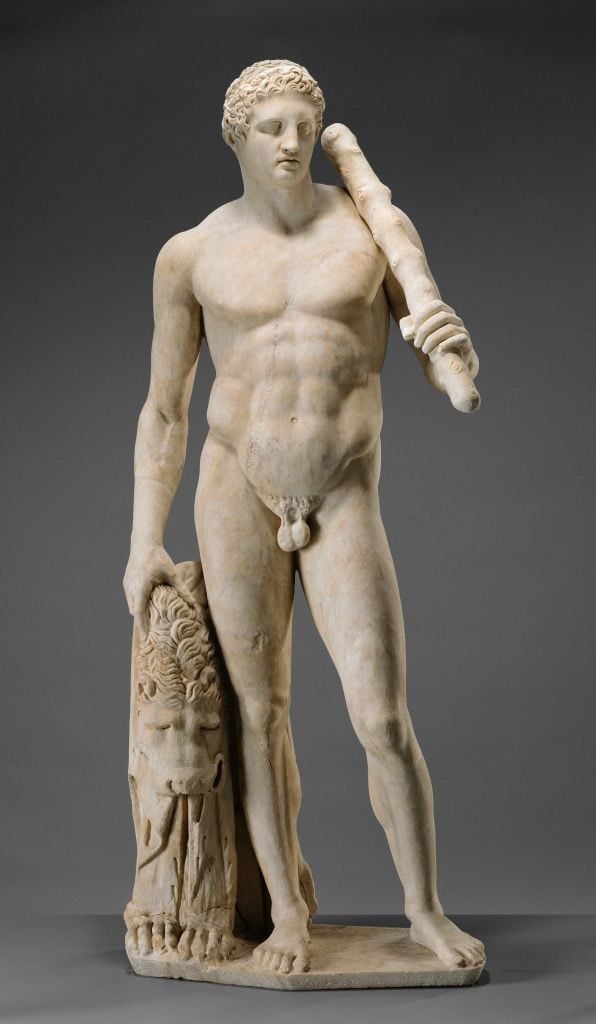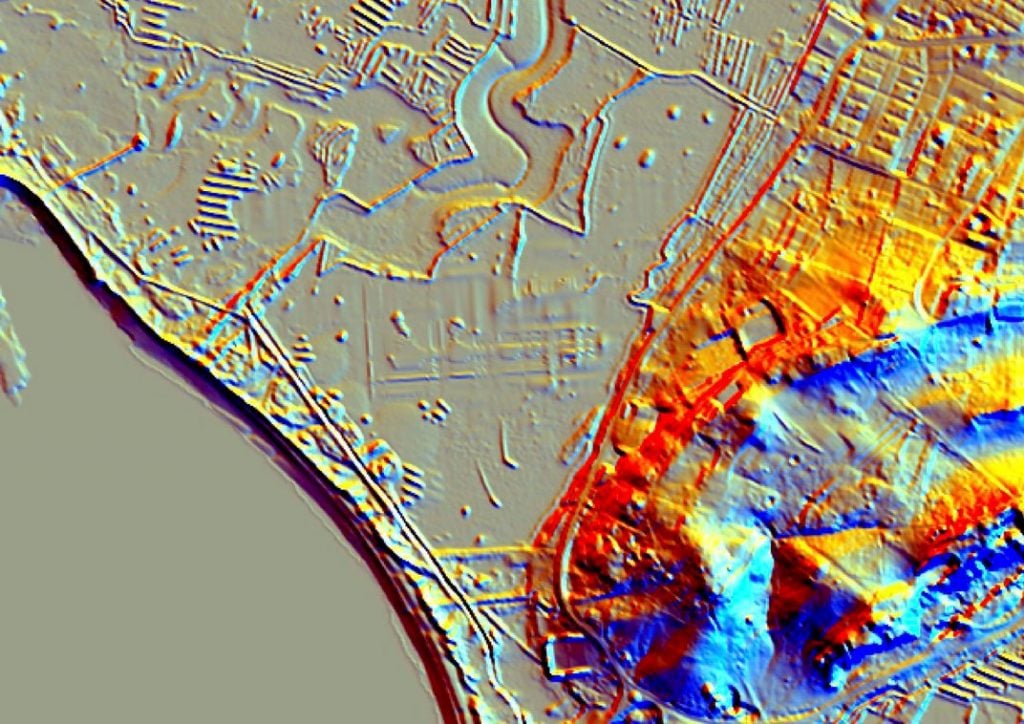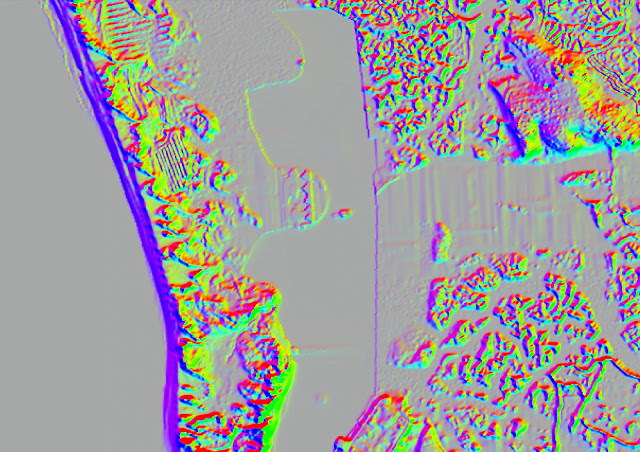Archaeology & History
Archaeologists Claim They’ve Uncovered an Ancient Temple to Hercules Visited by Julius Caesar. Skeptics Aren’t So Sure
Some say the long-lost site is probably miles away.

Some say the long-lost site is probably miles away.

Sarah Cascone

Archaeologists near Cádiz, Spain, believe they have located the site of the lost Temple of Hercules Gaditanus, an ancient pilgrimage destination visited by the likes of Roman dictator Julius Caesar and Carthaginian general Hannibal.
The elusive site has been something of “a holy grail” for archaeologists, according to El País, which first reported the potential discovery.
The reason experts have failed to uncover it? The temple has been underwater, submerged by the Caño de Sancti Petri, a shallow channel off the Bay of Cádiz between San Fernando and Chiclana.
Ricardo Belizón, a graduate archaeology student at southern Spain’s University of Seville, made the discovery while examining topographic models of the region created using Light Detection and Ranging, or LiDAR, a remote sensing technology.

This 3-D map shows a rectangular structure that could be the lost Temple of Hercules Gaditanus, now submerged under the Caño of Sancti Petri. Courtesy of the University of Seville.
Looking at public data from Spain’s PNOA-LiDAR project, which began mapping the country in 2009, he spotted what appeared to be a nearly 1,000-foot-long, 500-foot-wide structure just offshore beneath the waves.
That matched the description of the lost 8th-century BC temple.
“Researchers are very reluctant to go for ‘show archaeology’ fed by the mass media, but in this case, we are faced with some spectacular finds. They are first class,” University of Seville director of archaeology Francisco José García told the London Times.
Working with the Andalusian Institute of Historical Heritage, a University of Seville team of researchers further consulted a digital terrain model provided by the National Geographic Institute and the Navy Oceanographic Institute to confirm the LiDAR data.
Archaeologists have yet to attempt to excavate the watery site, but plans to do so are in the works. Digs in the area have faced challenges in the past, due to the marshy coastline and shifting topography of the shallow channels, which are subject to rising and falling sea levels.

This 3-D map shows a rectangular structure that could be the lost Temple of Hercules Gaditanus, now submerged under the Caño of Sancti Petri. Courtesy of the University of Seville.
That actually matches up with the historical record on the Temple of Hercules, believed to have been built by the Phoenicians. (Their god Melqart later became equated with the famous divine Roman hero.)
Ancient writings about Caesar’s and Hannibal’s visits mention “a changing environment, in contact with the sea, subject to the changing tides, in a temple where there must have been port structures and a seafaring environment,” Milagros Alzaga, head of the Andalusian Institute’s Center for Underwater Archaeology, who assisted with the research, told El País.
“The documentary sources we analyzed, the archaeological information together with the images obtained with digital models of the site, lead us to believe that this could be the mythical temple of Hercules,” he told Euro News.
But other experts are skeptical that the LiDAR maps are being accurately interpreted.
In 2020, University of Cordoba archaeology professor Antonio Monterroso-Checa published a study concluding that the temple was located at Cerro de los Martires, or “Hill of the Martyrs,” to the south of Cádiz, in the San Fernando area.
The new theory is based on “a triangulation error,” he told the Times. “No reality at all.”